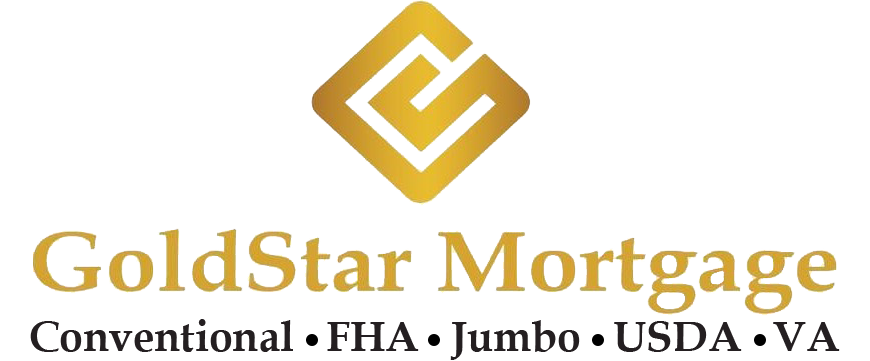What Is a Jumbo Loan?
Another name for a jumbo mortgage is a non-conforming mortgage. This is a loan a lender makes you that doesn’t “conform” to the guidelines of Fannie Mae and Freddie Mac. Created by Congress in 1938 and 1970 respectively, Fannie Mae and Freddie Mac provide stability and affordability to the mortgage market by buying “conforming” mortgages from lenders, which gives lenders liquidity to make more mortgages.
Fannie Mae and Freddie Mac only buy mortgages meeting their guidelines for down payment, credit score, post-closing reserves, and loan amount.
In 2022, the conforming loan size limit for a one-unit home is $647,200 nationwide, but can go higher in certain high-priced markets. See the FHFA site here.
Loans greater than these limits are usually called jumbo mortgages, but can also be called non-conforming mortgages.
When Should I Use a Jumbo Mortgage?
You’d use a jumbo mortgage when you’re seeking a loan amount that’s greater than the conforming loan limit in your area. In most of the country, that means you’ll use a jumbo mortgage if your loan amount is greater than $647,200.
In certain areas that are deemed high cost, the conforming loan limits go above $647,200, and you have to look up your area’s loan limits to know exactly. The FHFA site has this information.
Certain lenders will categorize anything above $647,200 as a jumbo, even if the loan is being made in a high-cost area where the conforming limit goes as high as $970,800.
But don’t assume this applies if you’re in an area where your conforming limit goes above $647,200. You must ask your specific lender what kind of loan you’ll be eligible for.
Is Qualifying for a Jumbo Mortgage Different?
Jumbo mortgages have the same overall qualifying methodology as a conforming loan. Lenders will look at credit score, down payment size, total monthly debt obligations relative to income (called your debt-to-income ratio), and money left over after closing.
Credit score requirements are about the same for conforming and jumbo: a credit score down to 680 generally gets you most available loan options, albeit with a higher rate than you’d get with a top-tier credit score of 780 or greater.
As for money left over after loan closing — often called reserves or post-closing liquidity — jumbo loans will be more stringent than conforming. Typically jumbo lenders want to see 12 months of reserves after the close, half liquid (in a checking or savings account), and half calculated from retirement assets. Conforming loan reserve requirements range from 0 to 12 months, depending on factors such as credit score, down payment, and DTI . Jumbo exceptions are available if your debt-to-income ratio is low and your down payment is high.
However, jumbo loan approvals have some flexibility that conforming loans don’t have:
- Higher debt-to-income ratio. For most conforming loans with 20 percent down or greater, lenders will usually require that your total monthly housing payment plus all other monthly bills doesn’t exceed 43 percent of your income. But there can be some flexibility on non-conforming loans. For example, if you documented substantial cash reserves left over after the loan closed, you might be able to get a jumbo loan with a debt-to-income ratio higher than 43 percent.
- Flexible income calculations. Jumbo income calculations can be more logical than conforming. For example, if you were in the same industry for 15 years and recently started your own business in that industry, a conforming loan would require you to show two years of filed self-employed tax returns. A jumbo loan might only require one year of filed returns if you could document that the business was stable or growing.
- Less than 20 percent down with no mortgage insurance. Down payments on jumbo loans can be as little as 10 percent for loan amounts of $1 million and sometimes higher, translating into a $1.1 million purchase price or higher. Unlike conforming loans, these low-down jumbo programs don’t always require mortgage insurance. The tradeoff for this flexibility is that most lenders will offer a rate that’s about .25 percent higher and require 30- to 36-percent debt-to-income ratios for these low-down jumbos.

